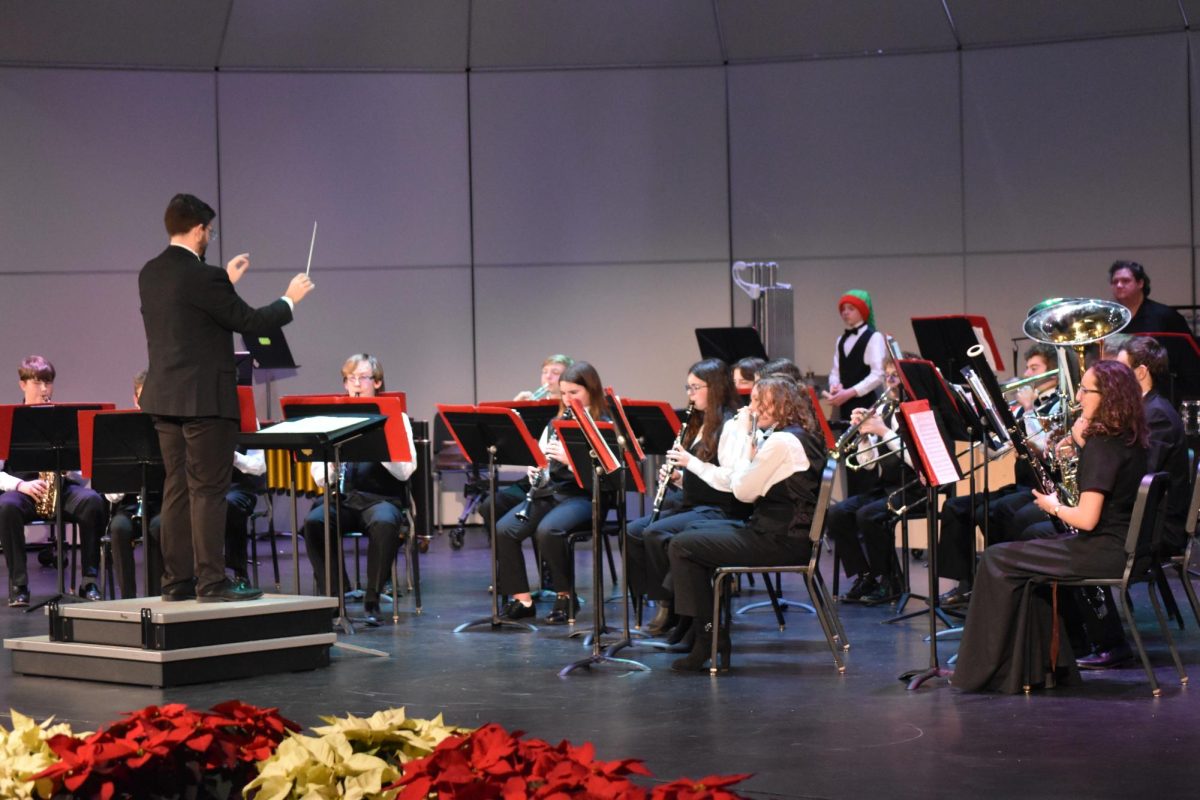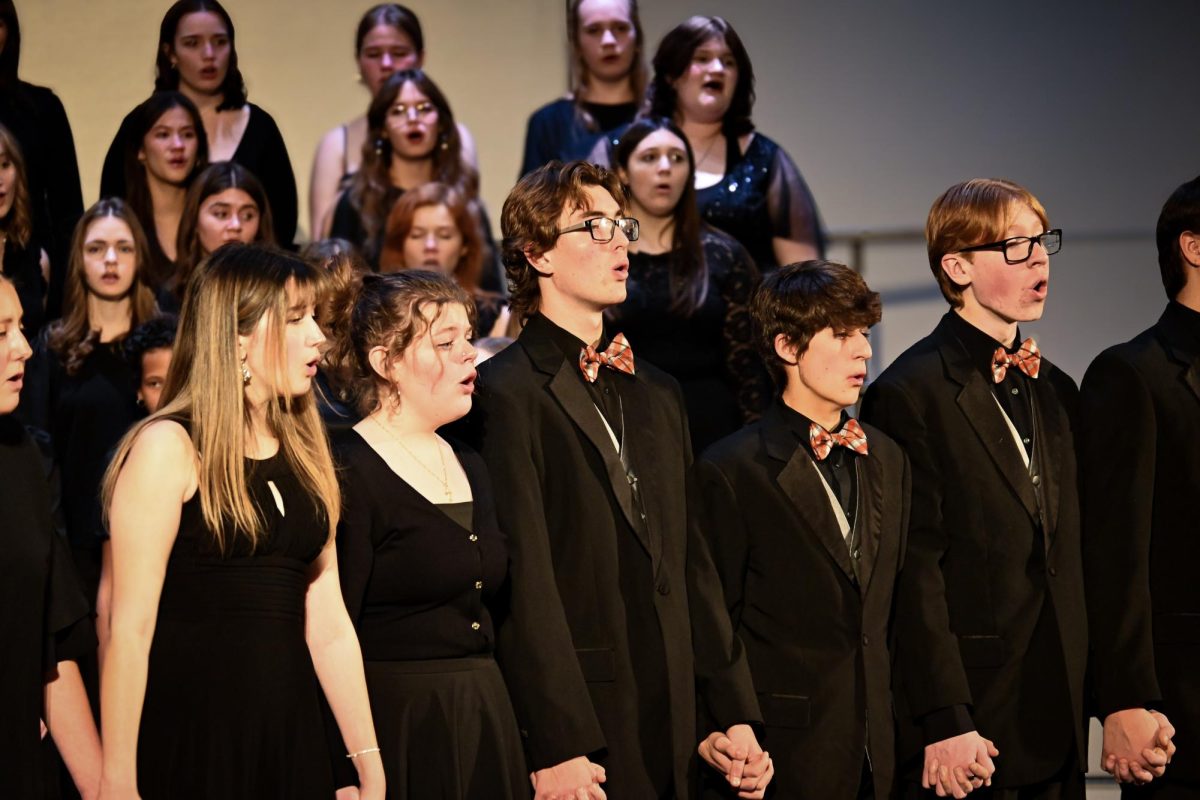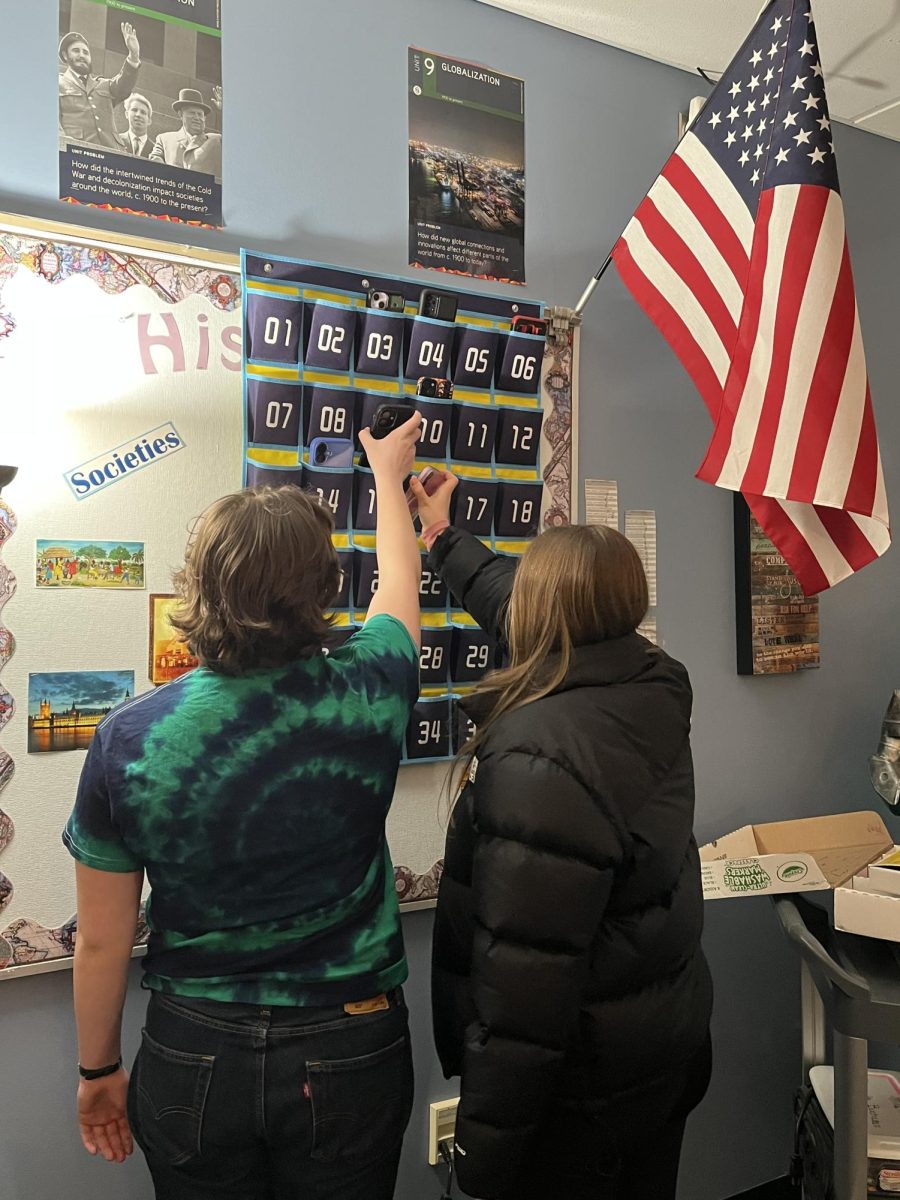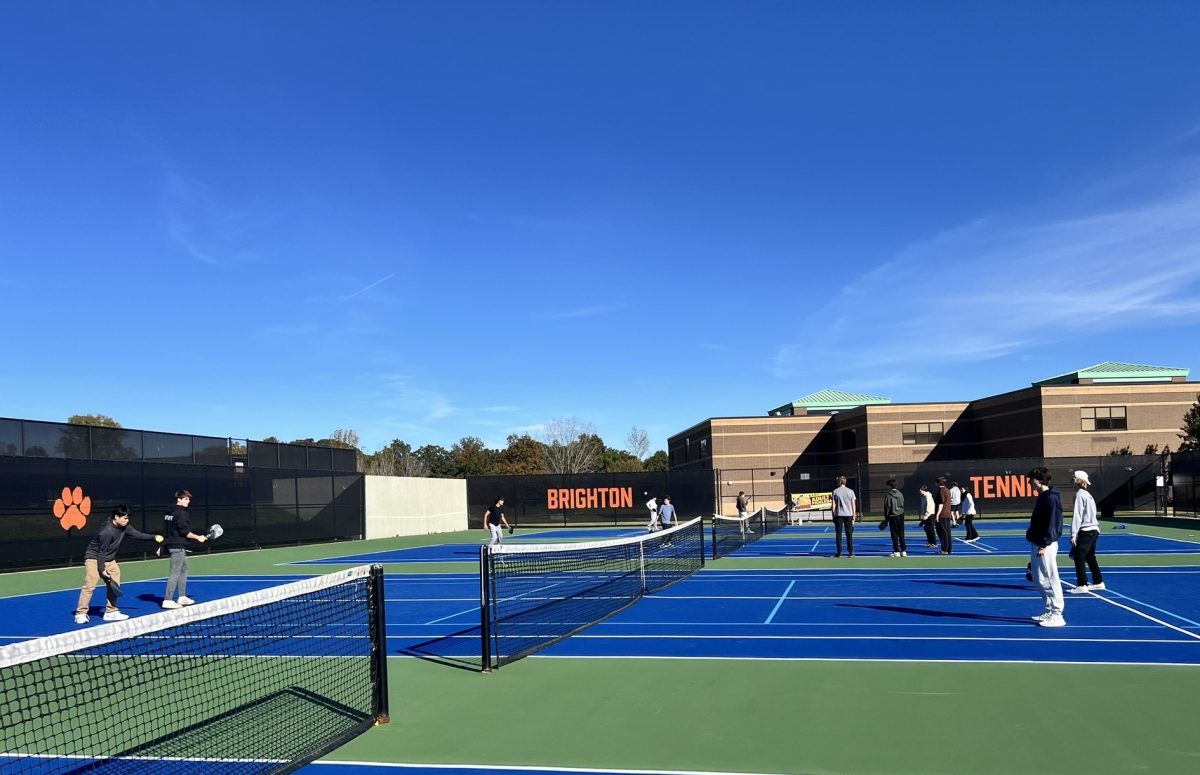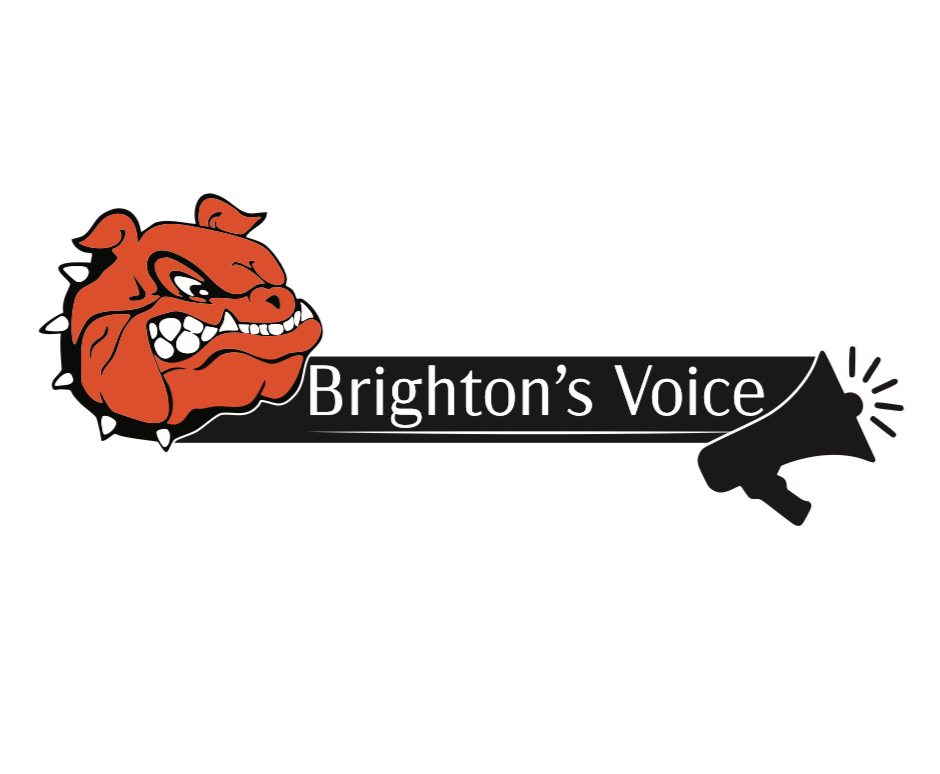There’s something magical about waking up not from the invasive buzz of my alarm clock but from the light of the sun reflecting off of glittering mounds of white snow outside.
As I stretch in bed, free from the usual pressure to get up and get ready for the day, I revel in a feeling that all Michigan students are familiar with: the bliss of a snow day.
My sense of tranquility is suddenly interrupted by a buzz from my phone. Wondering who might be contacting me at nine a.m. on a day off, I check my notifications. My stomach immediately fills with dread as I scan an email about the last thing I want on a snow day: homework.
While Michigan winters are often dreaded for their severity and longevity, they represent something entirely different to schoolchildren: an opportunity to earn days off from school in the name of bad weather. From obsessively refreshing purported “snow day calculator” websites to flushing ice cubes down the toilet, students spend their winter days anticipating just when they might receive another day off. Snow days and cold days, including the four that Brighton Area Schools have already received during the 2024-2025 school year, are generally met with celebration from both students and staff.
What aren’t as welcome are the Google Classroom alerts that sometimes accompany snow days.
Nothing kills the joy of a snow day more quickly than the prospect of doing homework over the course of it. Homework is rarely a popular idea among students, but this is especially true on snow days—days that are not only cherished in the hearts of overworked high schoolers but symbolize the joy and memories of early childhood. Though adults might not appreciate the temperature and driving concerns associated with snow, in the eyes of a child, it is magical. Snow sets the stage for a winter wonderland accompanied by sledding, making snowmen and snow angels, and waging snowball fights against friends and family, activities typically cherished by youth.
Even as I have grown older and have begun to stray from these activities, though, the snow still retains this sense of magic. Snow days are a reminder that my early childhood, now obscured by the pressures of high school, isn’t as far behind as it seems; while I may not be clamoring to create the biggest snowman anymore, having a day to simply relax and appreciate the glittering white world around me reminds me to slow down and enjoy the youthful delights in life. Snow day assignments intrude on this sense of nostalgia.
Some teachers, particularly those teaching on the AP or honors level, justify assigning snow day assignments as a way of staying on track with the curriculum schedule. While teachers’ concerns about losing valuable time or jeopardizing rigor are understandable, they also contradict the values of efficiency and purpose that AP teachers try to prioritize. Students are more likely to invest less effort into assignments issued on days off, minimizing the skills and content they are actually taking away. Furthermore, not all students may have access to the necessary technology to complete an assignment, especially if it involves printing worksheets. Teachers hoping to accelerate their students’ understanding of a subject in accordance with a timeline will be left with a class who have digested the material to varying degrees, only further inhibiting their progress.
There is a reason that snow days are so widely celebrated among students, and it is not just because we like having days off from school. Our obsessive refreshing of snow day calculators stems from a combination of the blissfully unexpected and wistfully nostalgic nature of snow days: an opportunity to revel in the feeling of being young again, free from the routine of ordinary life.
Only one thing tops a snow day—a snow day with a mercifully silent Google Classroom.





